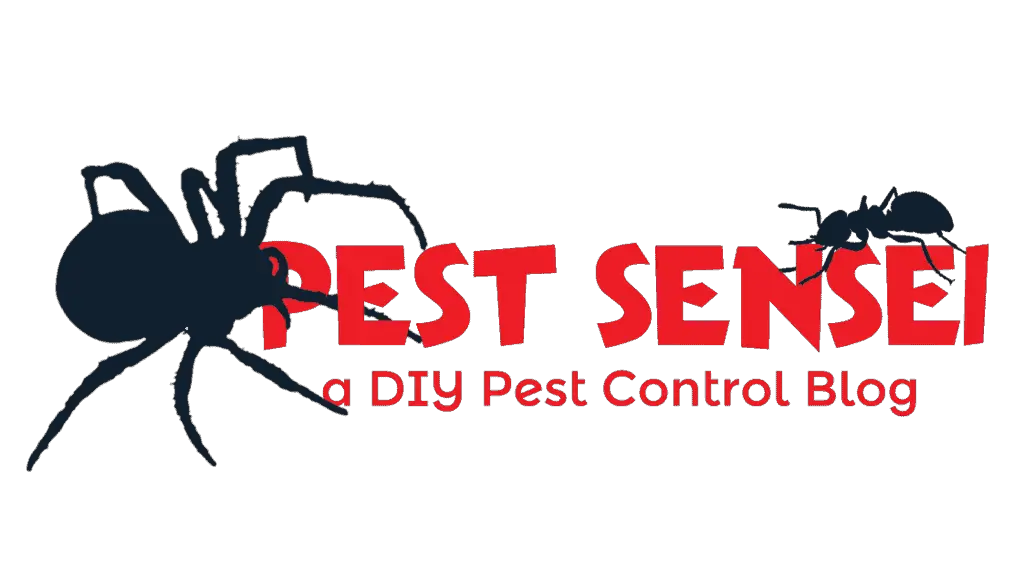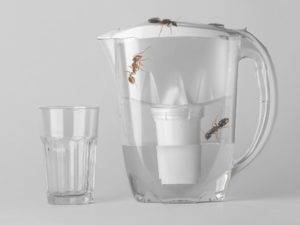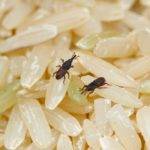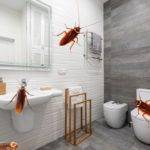Discovering dead ants inside your water kettle or dispenser can be an unpleasant surprise. It seems as if the ants are inexplicably drawn to the water. If you’re seeking assistance in eliminating ants from your water dispenser, you’ve come to the right place. This article will provide you with all the essential information to effectively keep ants away from your drinking water.
Why Do I Find Ants in My Water?
Just like any other living creatures, ants require water to survive. They may be attracted to water dispensers and kettles as viable sources to quench their thirst. While some ants might drown in the water, many are successful in their mission. They either grasp a water droplet with their jaws and carry it back to their colony, or consume it and later regurgitate it to share with their nestmates.
It’s important to note that ants also obtain water from their food, which means that the number of ants present at your water dispenser is typically smaller compared to those gathering food.
Is It Safe to Drink Water Contaminated by Ants?

While ants have been known to carry pathogens in healthcare facilities, the likelihood of contamination in drinking water is relatively insignificant. In most cases, consuming water contaminated with ants is unlikely to cause harm. However, it is worth mentioning that culturally and psychologically, many people prefer to avoid drinking water that has ants in it.
Getting Rid of Ants in Your Water Dispenser and Kettle
Treating the Ant Nest
To permanently solve the ant problem, it’s crucial to eliminate the ant colony. If you know the location of the nest, you can directly treat it with a pesticide like Nature-Cide.
Nature-Cide is a green pesticide that contains clove oil and cottonseed oil. It’s an ideal choice for those who prefer natural products without harmful chemicals.
This pesticide kills ants upon direct contact. Ensure you spray it directly onto the ants in their nest to eradicate them. Once it dries, it no longer has a killing effect.
Often, ant trails lead to cracks and crevices, making it difficult to locate the nest. This is where ant bait becomes useful.
Ant Baiting
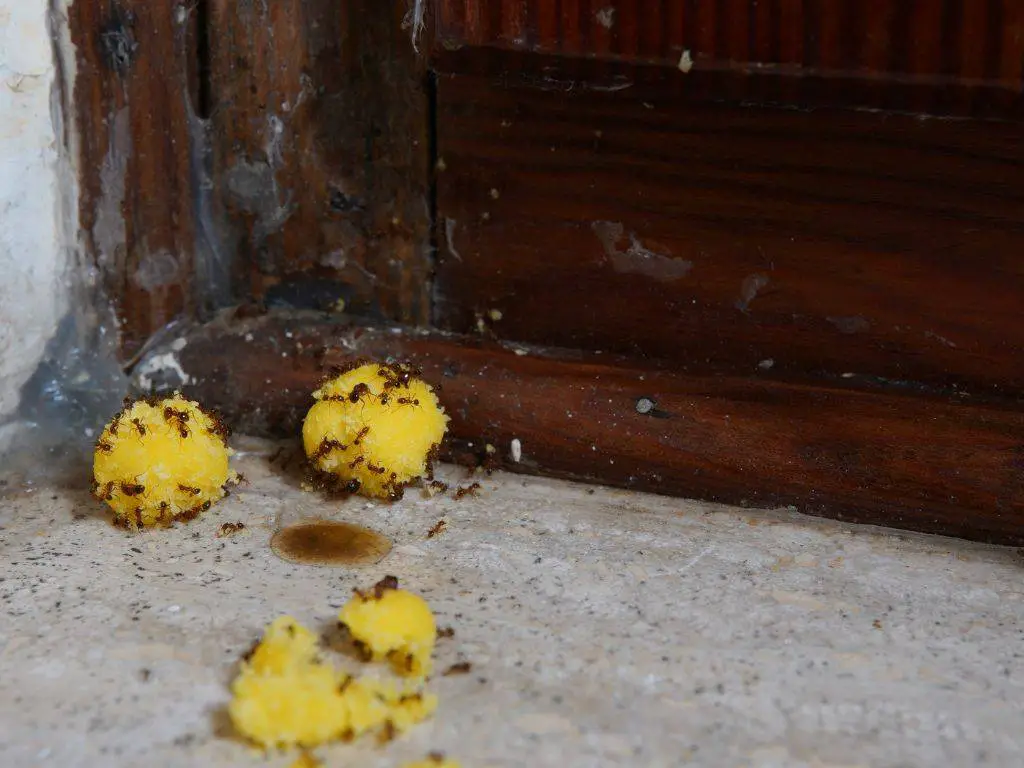
You can choose to make your own boric acid bait or purchase commercially available baits. To determine which type of bait to use, pre-bait with sugar syrup or egg yolks/peanut butter to assess whether a sugar-based or protein-based bait is needed.
If you prefer a ready-to-use option, Terro Liquid Ant Bait is a sugar-based bait containing borax. It eliminates the colony but requires repeated application.
For a protein-based option, consider Advance 375A Select Granular Ant Bait. It contains naturally occurring abamectin, which slowly kills the ants and eliminates the colony.
Wiping off Pheromone Trails
Ants use pheromone trails to communicate and organize foraging activities. By wiping off these trails, you can temporarily deter the ants from your water dispenser and kettle.
Simply use a cloth soaked in detergent such as soap or vinegar (acetic acid) to wipe the ant trails. This disrupts their communication and directs them away from the water source. However, they may rediscover the location after some time unless they find an alternative water source.
Temporarily Relocating the Water Dispenser
Ants also use pheromone trails to mark areas they have explored and found unfruitful. By temporarily relocating the water dispenser, you can disrupt their communication and signal that the previous location is no longer useful.
Using Diatomaceous Earth
Another option is to lay diatomaceous earth along the ant trail to kill the foraging ants. Diatomaceous earth is a non-toxic substance that naturally kills insects, including ants. It damages their outer layer, causing them to dehydrate and die.
Ensure you choose diatomaceous earth specifically intended for pest control, such as Natural Guard Diatomaceous Earth, for optimal results.
However, be aware of the following considerations: it comes in powder form, so apply it carefully to avoid inhalation hazards and contamination; it does not provide immediate ant control; and it will not eliminate the ant colony entirely.
